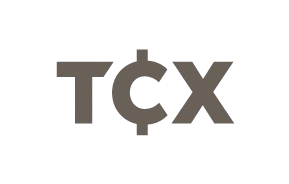The recent rally in Indian bonds signals more to come despite pressure on the rupee. The Reserve Bank of India has shifted its stance from neutral to accommodative, leaving room for further interest rate cuts as inflation recedes. Economic growth is prioritized amid softening consumption. Although tariff delays offer some relief, ongoing friction between the US and China clouds the global growth outlook, ensuring that the RBI remains growth-focused. Traders are pricing in a drop in the benchmark rate to 5.5%, with some analysts expecting up to 75 to 100 bps of easing.
